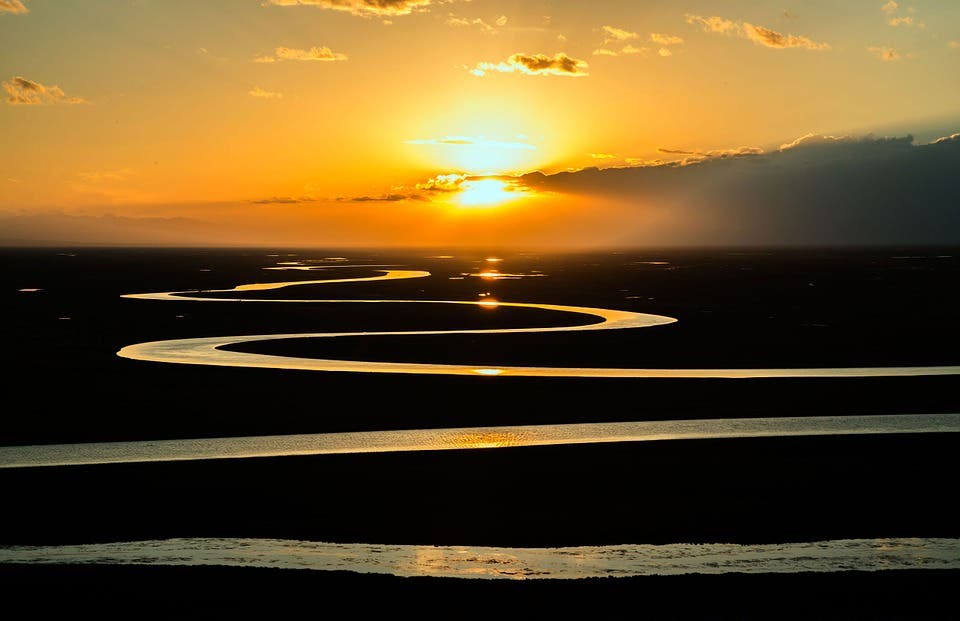There are a lot of rivers on Earth — many more than we’ve assumed.
Previous estimations of river- and stream- cover on our planet haven’t exactly been accurate, according to new research from the University of North Carolina. Excluding land covered with glaciers or ice sheets, our planet is braided with about 300,000 square miles (773,000 square kilometers) of rivers and streams — 44% more area than previously estimated.
My river runneth over
To find out just how much ‘river’ you need to make one ‘Earth’, the team — University of North Carolina hydrologists George Allen and Tamlin Pavelsky — drew on thousands of images recorded by NASA’s Landsat satellite. Using software that Pavelsky designed specifically for this task, they took over 58 million measurements of rivers, streams, and other similar waterways. The researchers estimated river shapes by measuring their widths. Finally, they added all of them up to calculate the total surface area they cover.
To make sure that the software wouldn’t foul the measurements, the team recruited “a small army of undergrads” to monitor the program as it went about its task. One of the team’s main concerns was that roads or other similar structures could be treated as rivers by the program, but this turned out not to be the case.
Aside from finding those extra 300,000 square miles of river (roughly the same size of Texas, to put it into perspective), the researchers also report that rivers were both narrower and more sparse in developed areas. This could come down to seasonal variations, water drainage for agriculture, habitat removal (such as drainage of swamps), or the corraling of rivers for hydroelectricity. The team can’t say for sure what the cause is, however, and call for further research into the area.
Not only will the findings send fishing enthusiasts cheering for their rods, it also has some more worrying implications. Namely, it influences how we study and deal with climate change. Waterways are a prime source of greenhouse gas exchange between the surface and the atmosphere, especially when waters are polluted.
For a very long time, people were content to let rivers soak up pollutants completely secure in the belief that these compounds will wind up in the ocean. It was a simpler time when we thought we could afford this. Over the past decade, however, researchers have wisened up to the fact that rivers instead help break down this waste, and release greenhouse gasses into the atmosphere. Some of the most common river-borne pollutants are fertilizers, sewage, and drainage from soils — and the wet, relatively oxygenated, and biodiverse backdrop of a river is an excellent place for these to break down. As they break down, they release gasses such as methane, nitrous oxide, and carbon dioxide into the atmosphere. Even if they do wind up in the ocean, that is by no means a get out of jail card.
If rivers cover up more area than we assumed (and the 44% more this paper reports on is significantly more) then our current calculations regarding how much greenhouse gas they release need to be re-crunched.
“If you look around the world, rivers look different from place to place,” Allen told Gizmodo. “They might be braided, or sinuous, or meandering. And for the most part, current technology doesn’t take into consideration the actual morphology of rivers. This data set is the first of its kind to do this at a global scale on high resolution.”
This global map of rivers might also help predict floods and it will be an invaluable resource in the future, when we’re trying to keep track of how rivers behave as the Earth warms up.
The paper “Global extent of rivers and streams” has been published in the journal Science.










